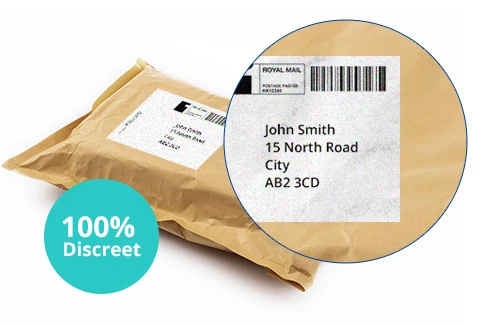Acid reflux, sometimes known as Gastroesophageal Reflux Disorder (GERD) is something that we all may have experienced at some point. If you have overindulged, or are feeling a little under the weather, acid reflux typically manifests itself as heartburn. If you’ve been experiencing repeated bouts of acid reflux, there are a variety of treatment methods that can help you, including the following.
Over-The-Counter Medications
Over-the-counter medications can be purchased from any pharmacy or supermarket. The most common over-the-counter medication is an antacid, which works to neutralise stomach acid. Antacids may provide quick relief, but they do not help with the long-term issue, which is when stomach acid and food flow back into the oesophagus, and overuse of antacids could cause side effects such as diarrhoea and kidney problems.
Other over-the-counter medications include H-2 receptor blockers. These are medications that reduce acid production. While they do not work as quickly as antacids, they provide longer relief and can decrease acid production from the stomach for 12 hours. Also, there are medications known as proton pump inhibitors, which are stronger versions of acid blockers, and also will help the damaged oesophageal tissue to heal.
Prescription Medication
If the problem is persistent, a doctor can prescribe treatments, including:
- Medication to strengthen the lower oesophageal sphincter. This works to decrease the frequency of relaxation of the lower oesophageal sphincter.
- Prescription-strength H-2 receptor blockers, which are well tolerated by the body.
- The final prescription medication is called prescription-strength proton pump inhibitors, including omeprazole.
Surgery Procedures
While acid reflux is usually controlled with medication, there are three surgical procedures that may be recommended:
- Fundoplication, where a surgeon will wrap the top of your stomach around the lower part of the oesophageal sphincter. This works to tighten the muscle, therefore preventing acid reflux, and this is usually performed with a laparoscopic procedure.
- A LINX device, a ring of magnetic beads, is wrapped around the stomach and oesophagus junction. The magnetic attraction between the beads keeps the junction closed, but open enough so food can pass through.
- Transoral Incisionless Fundoplication (TIF) is a relatively new procedure, where the lower oesophageal sphincter is tightened by creating a partial wrap using polypropylene fasteners. This is conducted using an endoscope, which goes through the mouth.
Natural Approaches to Treating Acid Reflux
Medication such as omeprazole can be very beneficial, but will work better in conjunction with a few lifestyle changes:
- Avoiding certain foods. This elimination diet approach can help people to identify the root cause. Some people may find spicy foods or pungent foods like garlic could cause reflux. The key is to eliminate one at a time.
- Look at your medication, especially as certain anti-inflammatory painkillers and antidepressants can irritate the oesophagus or relax the sphincter.
- Avoiding carbonated beverages may also help. If you find yourself burping a lot, acid is sent into the oesophagus on a regular basis. Opting for flat drinks, such as water, may help.
- Avoiding exercise for a few hours after eating can reduce the effects of acid going into your oesophagus.





